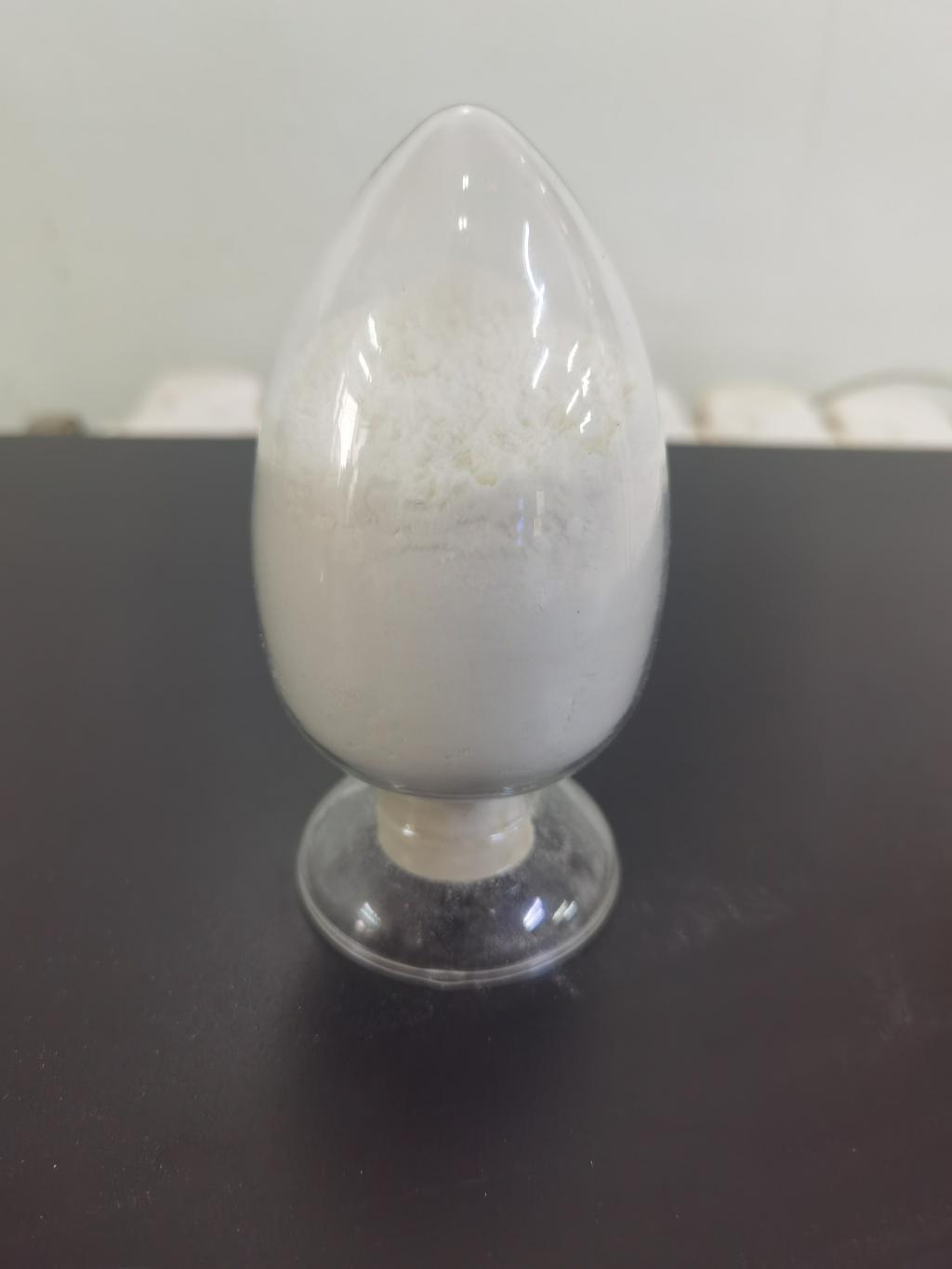Tel:0086 18231198596

News
Addressing Antibiotic Resistance with ε-Polylysine Hydrochloride.
TIME:2024-05-27
Understanding ε-Polylysine Hydrochloride:
ε-Polylysine Hydrochloride (ε-PL) is a natural antimicrobial compound produced by certain strains of bacteria, such as Streptomyces albulus. It is a cationic polymer composed of multiple lysine residues linked by peptide bonds. ε-PL exhibits potent antimicrobial activity against a broad spectrum of bacteria, fungi, and some viruses, making it a versatile and effective antimicrobial agent.
Mechanism of Action:
The antimicrobial action of ε-PL involves disrupting microbial cell membranes and interfering with essential cellular processes. ε-PL binds to the negatively charged components of bacterial cell membranes, such as lipopolysaccharides and teichoic acids, leading to membrane destabilization and permeabilization. This disruption causes leakage of cellular contents, loss of membrane integrity, and ultimately bacterial cell death. Importantly, ε-PL's mechanism of action is different from that of conventional antibiotics, reducing the likelihood of cross-resistance and offering a valuable alternative for combating antibiotic-resistant bacteria.
Applications in Healthcare:
In healthcare settings, ε-PL shows promise as a topical antimicrobial agent for treating skin and wound infections. Its broad-spectrum activity and low propensity for inducing resistance make it particularly suitable for managing infections caused by multidrug-resistant bacteria, such as methicillin-resistant Staphylococcus aureus (MRSA) and vancomycin-resistant Enterococcus (VRE). Additionally, ε-PL-based formulations have been investigated for use in medical devices, such as catheters and implants, to prevent biofilm formation and device-associated infections.
Agricultural and Veterinary Applications:
In agriculture and veterinary medicine, ε-PL offers potential as a natural antimicrobial agent for controlling bacterial pathogens in livestock and poultry production. By incorporating ε-PL into animal feed or water supplements, farmers can reduce the prevalence of foodborne pathogens, such as Salmonella and Campylobacter, in animal intestines and minimize the risk of contamination throughout the food chain. Moreover, ε-PL-based disinfectants can be used to sanitize animal housing facilities and equipment, thereby improving overall hygiene and disease control on farms.
Food Preservation:
In the food industry, ε-PL serves as an effective preservative for extending the shelf life of various food products. Its antimicrobial activity inhibits the growth of spoilage microorganisms and foodborne pathogens, thereby enhancing food safety and quality. ε-PL is approved for use as a food additive in many countries and can be applied to a wide range of foods, including meats, seafood, dairy products, and beverages. Furthermore, ε-PL-based coatings and films can be used to protect fresh produce and inhibit microbial growth during storage and transportation.
Safety and Regulatory Considerations:
ε-Polylysine Hydrochloride has been extensively studied for its safety profile and toxicological properties. It is generally recognized as safe (GRAS) for use in food and has been approved for various applications by regulatory agencies, such as the U.S. Food and Drug Administration (FDA) and the European Food Safety Authority (EFSA). However, continued monitoring and assessment of ε-PL's safety and environmental impact are essential to ensure its responsible use in different sectors.
Conclusion:
ε-Polylysine Hydrochloride represents a promising solution for addressing antibiotic resistance and combating microbial infections across various fields, including healthcare, agriculture, and food preservation. Its broad-spectrum antimicrobial activity, low propensity for inducing resistance, and safety profile make it an attractive alternative to conventional antibiotics and chemical preservatives. With further research and innovation, ε-PL has the potential to play a significant role in promoting public health, food safety, and sustainability in the face of antibiotic resistance challenges.

 CONTACT
CONTACT




